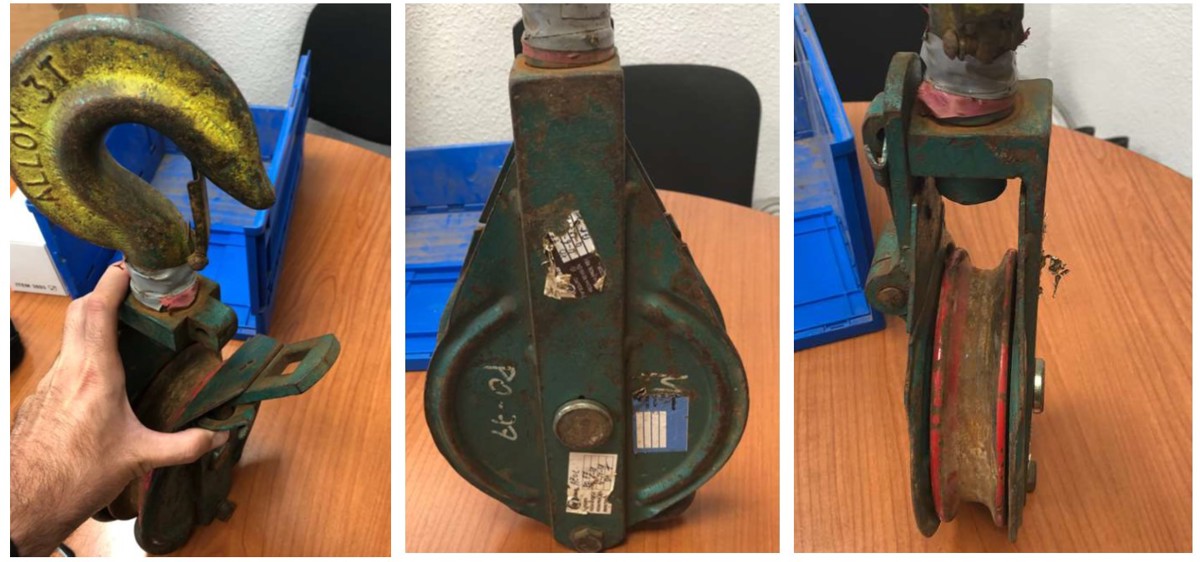Failed lifting equipment: fatality during pipe erection activities
- Safety Flash
- Published on 13 September 2021
- Generated on 12 December 2025
- IMCA SF 25/21
- 1 minute read
Jump to:
A Member passes us information relating to a non-IMCA fatality at an oil refinery. Lifting equipment failed and a wire rope hit a crew member, causing injuries which proved fatal.
What happened?
A crew was lifting a 30cm (12”) pipe using manual lifting tools (wire/rope pulling hoists and pulleys) to lift the pipe. Both pulleys were attached to the upper beams of the pipe rack and the pipe was slung at its both ends. The pipe was being lifted simultaneously with both wire rope pulling hoists and pulleys. Before the incident, the person who was hit was on a scaffolding while the pipe was being lifted.
Suddenly the pulley above the person broke and the wire rope around the pulley and the pipe went down. The wire rope hit the person on its way down. Medical treatment was given onsite; he was then transferred to hospital where after several hours he passed away.
This incident is not in the public domain.
IMCA Safety Flashes summarise key safety matters and incidents, allowing lessons to be more easily learnt for the benefit of the entire offshore industry.
The effectiveness of the IMCA Safety Flash system depends on the industry sharing information and so avoiding repeat incidents. Incidents are classified according to IOGP's Life Saving Rules.
All information is anonymised or sanitised, as appropriate, and warnings for graphic content included where possible.
IMCA makes every effort to ensure both the accuracy and reliability of the information shared, but is not be liable for any guidance and/or recommendation and/or statement herein contained.
The information contained in this document does not fulfil or replace any individual's or Member's legal, regulatory or other duties or obligations in respect of their operations. Individuals and Members remain solely responsible for the safe, lawful and proper conduct of their operations.
Share your safety incidents with IMCA online. Sign-up to receive Safety Flashes straight to your email.
